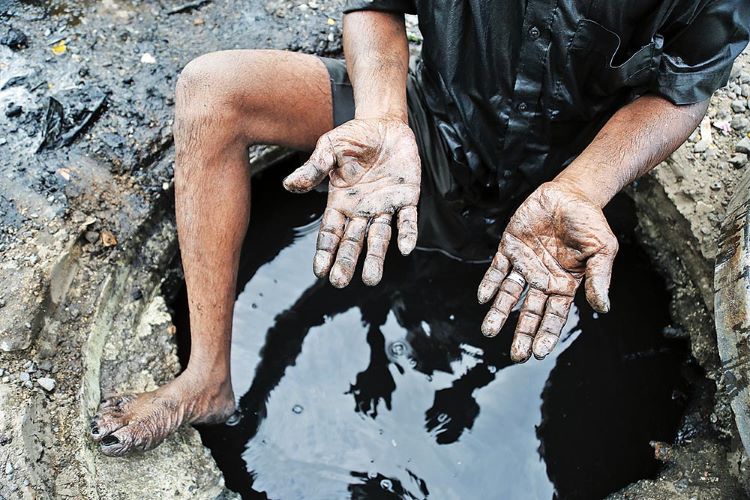Manual Scavenging – A Law Without Enforcement
Related Articles
BMC Election 2026: Congress Manifesto में पार्टी का बड़ा दांव, बस से लेकर पानी-हवा तक बदलेगी मुंबई की तस्वीर!
BMC Election 2026 Congress Manifesto: मुंबई महानगरपालिका चुनाव 2026 से पहले कांग्रेस ने अपना घोषणापत्र जारी कर दिया है। इस घोषणापत्र में कांग्रेस ने...
पिता की हत्या के सदमे में 15 साल का किशोर बना ISI का मोहरा, पाक के लिए जासूसी के आरोप में गिरफ्तार
पंजाब के पठानकोट में एक चौंकाने वाला मामला सामने आया है, जहां जम्मू-कश्मीर के सांबा जिले के रहने वाले 15 वर्षीय किशोर को पाकिस्तान...
Queen Victoria’s Ghost Still Runs Mumbai—And It Shows!
Mumbai handles a municipal budget exceeding ₹52,000 crores annually—larger than the GDP of several small nations. Yet this megacity of 20 million souls operates...


